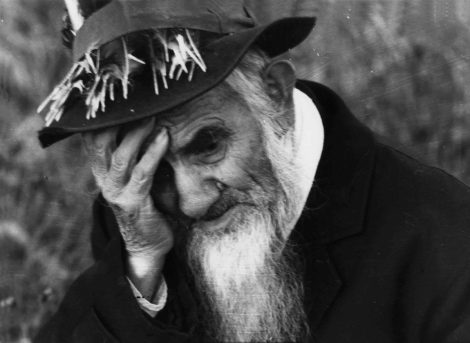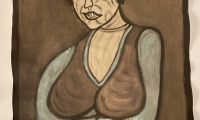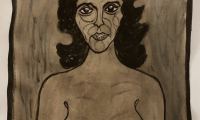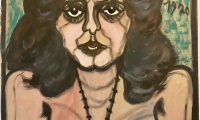Ghizzardi, Pietro

Pietro Ghizzardi (1906 – 1986) has been a self-taught artist – painter, writer, sculptor and musician.

Born in 1906 in Mantua, northern Italy, he came from a humble peasant family and grew into a sickly teenager at a time that was marked by the deprivation and poverty that afflicted his community in the lowlands of the River Po after World War I.
His move into the world of art was not expected: it was a world that was incomprehensible to the people of his social class, judged as useless, dangerous even, when for so many it was difficult to acquire even the essentials to survive. As recorded in his autobiography, Mi Richordo Anchora (“I remember still”), Ghizzardi began to paint in 1929 soon after moving with his family to the southern bank of the Po, in the rural province of Reggio Emilia. Born in a family of day labourers often forced to move, Pietro Ghizzardi, a frail child, suffered from these continual changes which prevented him from regular schooling. In 1931, his family finally moved to Boretto. The great flood of the Po River in 1951 seemed to be a turning point: it is from this period that Pietro Ghizzardi devoted himself only to painting and writing his autobiography.
Created on recovered cardboard with herbs, wine, blood, mulberry juice, soot, magazine clippings, his drawings feature his parents, saints, wild animals, entertainers and plump women. His work would become gradually more dull under the pressure of his family, which only perceived it as an obscenity.
Pietro Ghizzardi1906 Corte Pavesina, Italia - 1986 Boretto, Italia



